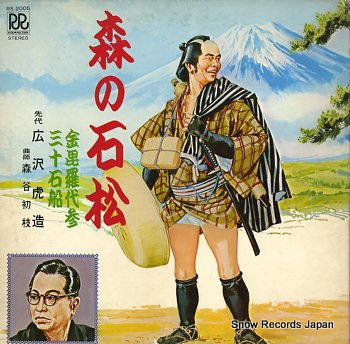The phrase "a fool can be cured only when he dies." is a very famous one in Japan, known even among the children (in its original Japanese expression, of course). I grew up with the phrase, saying occasionally the phrase "a fool can be cured only when he dies" to each other as a kid. The implication was that being a fool was a condition that could not be cured so easily. The message was to accept each other's unique condition, including being a fool. Because "a fool can be cured only when he dies", one had to be tolerant to each other.
It was only after I grew up that I learned that the phrase actually came from the famous Rokyoku piece "The Tale of Jirocho Shimizu" by Torazo Hirosawa. Jirocho, a powerful and thoughtful leader, thought highly of and loved one of his disciples, Ishimatsu of Mori. Ishimatsu was a courageous and strong man. Ishimatsu, however, was a foolish man. Ishimatsu lacked the ability to calculate, take precautions, and make necessary preparations. Precisely because Ishimatsu was foolish, he could be brave and endeavoring at the same time. The phrase "a fool can be cured only when he dies" is thus a praise of Ishimatsu's boldness. Looking back, I think we knew its deep significance intuitively when we were throwing the phrase to each other in our elementary school days.

A record cover featuring Torazo Hirosa and Ishimatsu of Mori.
2 comments:
Dear:Mr.Mogi
I really agree with you. When we are kids already know basic wisdam and true.
And I think that some adults know that only smart foolish can change the world better.
I have often used the phrase " A fool can be cured only when he dies " to give up unchanging condition of others.
But taking wide view, it surely indicates the good point behind the person in question and tolelance to others.
Yesterday's kabuki and today's rokyoku, how wealthy our own classics are !
They inspire me deeply.
Thank you for your life-enhancing thought and introduction.
Post a Comment